Teej, the short form of Hartalika Teej, is a Hindu festival dedicated to the eternal union of Goddess Parvati and Lord Shiva. The vibrant Nepalese festival is filled with joyful melodies and timeless traditions.
Hartalika Teej, a major festival in Nepal, is primarily celebrated by married women. They observe a day-long fast known as “Nirjala Vrat”. The fast is undertaken as a symbol of their love, dedication, and loyalty toward their husbands. However, unmarried girls also fast and pray for a good husband in the future. Both married and unmarried ladies celebrate with devotion and joy.
Likewise, women dress up in colorful traditional attire, wear intricate jewelry, and apply henna (mehndi) on their hands and feet. Thus, during this festival, particularly the streets of Kathmandu turn red. Mostly women clad in red sarees or dhotis make their way to Shiva shrines, especially Pashupatinath Temple, a UNESCO Heritage Site.
In Teej, women gather in groups to sing, dance, and perform traditional folk songs and dances. These celebrations are filled with joy, laughter, and camaraderie among women. The festivities are accompanied by various cultural activities, including folk performances and processions. Women indulge in delicious feasts, dance to enchanting tunes, and revel in the spirit of togetherness.
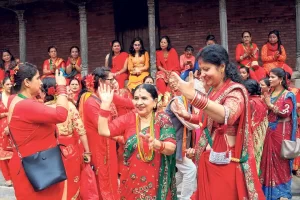
Women’s celebrating Teej
The women-only festival brings radiant smiles to every woman’s face, even amidst the day-long fast. Parents warmly invite their married daughters to their houses and offer them a ritual food called “Dar”. They exchange heartfelt gifts such as bangles, pote (a necklace), and tika, symbolizing the pride of married women. The day is a celebration filled with love, blessings, and cherished family reunions.
Table of Contents
- Mythological Significance: What is the story behind the Teej festival?
- Why is Hartalika Teej celebrated in Nepal?
- The importance of the Teej Festival in Nepalese society
- When is Teej celebrated in Nepal?
- How do women celebrate Hartalika Teej?
- From Feasting to Fasting: Celebrating Hartalika Teej across Three Days
- Modern Influences and Trends: Balancing Tradition and Contemporary Celebrations
- 10 Teej Wishes and Quotes for Your Friends and Families
- Final Words
Mythological Significance: What is the story behind the Teej festival?
Teej is a Hindu festival celebrated predominantly by women in various parts of Nepal and India. The festival has its roots in Hindu mythology with the divine union of Lord Shiva and Goddess Parvati. Thus, it is celebrated with great enthusiasm, devotion, and traditional rituals.
According to mythology, Goddess Parvati undertook intense austerity and penance to win Lord Shiva as her husband. Impressed by her unwavering determination, Lord Shiva accepted her as his wife. The union of Shiva and Parvati symbolizes the harmonious balance between masculine and feminine energies, representing the eternal dance of creation and union.
Moreover, one of the prominent rituals during Teej is the puja (worship) of Goddess Parvati. Women offer prayers, flowers, fruits, and other auspicious items to seek the blessings of the goddess for marital bliss, well-being, and prosperity. The festival also serves to honor and appreciate the divine feminine energy.
Teej is not only a celebration of marital bliss but also a time for women to express their independence, strength, and solidarity. It symbolizes the power and resilience of women in society. The festival promotes unity, love, and the importance of strong marital relationships.
The one-day celebration embodies the essence of love, devotion, and the celebration of feminine energy in Hindu mythology and society.
Why is Hartalika Teej celebrated in Nepal?
Teej is all about praying to Lord Shiva and Goddess Paravati, remembering their union. Women observe the festival to seek blessings for marital happiness. It is believed that observing the festival brings prosperity to families. The festival is marked by fasting, prayers, and worship of Goddess Paravati.
The importance of the Teej Festival in Nepalese society
Hartalika Teej is a culturally significant festival celebrated in Nepal, showcasing the Nepalese people’s rich cultural heritage and traditions. It emphasizes the strength and devotion of women, promoting unity, sisterhood, and artistic expression through traditional songs, dances, and attire.
Celebration of womanhood
The Teej festival is a symbol of empowerment and unity among women. They dress up in colorful traditional attire, dance and sing festive songs, and foster a sense of sisterhood. This festival honors their strength, beauty, and contribution to society.
Symbolic Union
After a year of separation, Parvati performed intense austerities to win Shiva’s heart. Finally, she succeeded, and this day is celebrated for their reunion. It also symbolizes the perfect martial bond, so this festival is particularly significant for married women.
Religious Significance
Teej is deeply rooted in Hindu mythology. It is considered an auspicious time for married women to pray for marital bliss, the well-being of their husbands, and the longevity of their relationship.
Cultural Identity
The festival serves as a vibrant expression of Nepal’s cultural heritage, with women donning traditional attire and intricate henna designs and engaging in lively music and dance performances.
Ritual Fasting
During this festival, women perform a strict fast known as “Nirjala Vrat,” abstaining from water and food for 24 hours. Ladies fast to seek the blessings of Lord Shiva and Goddess Parvati for the longevity and health of their husbands.
Strengthening family bonding
The festival encourages familial harmony and strengthens the bonds between mothers, sisters, and in-laws, fostering a sense of unity and love.
Festive Delights
Teej is also synonymous with delectable feasts. Women savor traditional delicacies like “Dar” and indulge in sweet treats. These festive delights also enhance the overall celebratory atmosphere.
When is Teej celebrated in Nepal?
The traditional timing of the Teej is the last day of August or the first day of September. This year, we have a happy Teej 2080 on September 18, 2023, by the lunar calendar, and Ashwin 1, 2080, by the solar Gregorian calendar. Although it’s a one-day festival, the celebration lasts for three days.
How do women celebrate Hartalika Teej?
Shiva shrines have a special crowd of pilgrims on this day. The prehistoric temple of Pashupatinath is fully adorned with enthusiastic married and unmarried women clad in red sarees or other traditional attire.
Women feast, fast, and worship. They observe a day-long fast on the main day. They abstain from food and water to demonstrate their devotion to their husband. They seek blessings for marital happiness.
Women visit temples dedicated to Goddess Parvati, and they perform several rituals. Special puja ceremonies are conducted. They create clay idols or images of the goddess and offer flowers, fruits, sweets, and other traditional items as offerings.
Women dress up in traditional clothing like sarees with beautiful adornments (gold and silver ornaments). They also apply mehndi (henna) designs on their hands and feet. There are street processions and music performances.
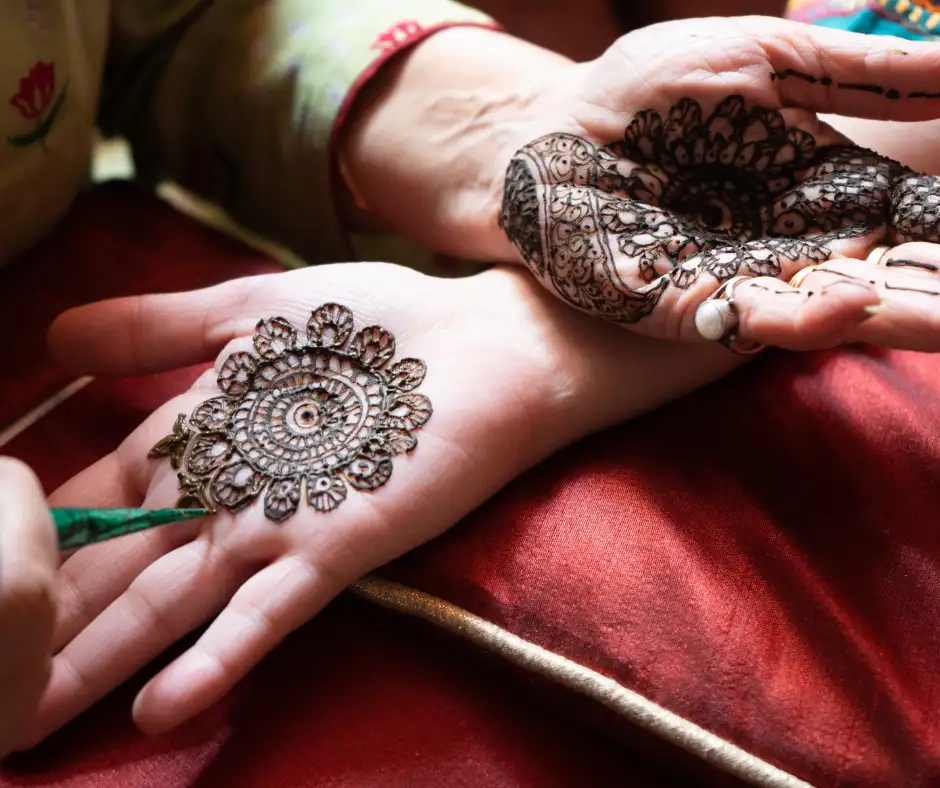
Women putting henna designs for each other
Married women receive gifts from their husbands and in-laws, including new clothes, jewelry, and accessories. Most women exchange blessings and gifts among themselves. They exchange gifts such as bangles, red tika, pote, etc.
This festival showcases the expression of female solidarity and empowerment. There will be cultural performances like singing and dancing. They dance to one of the famous Teej songs. One such popular song is “Aayo Teejako Lahar”.
From Feasting to Fasting: Celebrating Hartalika Teej across Three Days
Day 1: Dar Khane Din (Feasting Day)
The first day of Teej is celebrated as Dar Khane Din. On this day, women come together to share their joy and happiness. They gather at a common place and celebrate by dancing, singing, and feasting on delicious food.
Locally, this day is named “Dar Khane Din”. There are a variety of special sweets and delicacies associated with the festival. Before one day of fasting, they indulge in or treat themselves to special delicacies.
Day 2: Fasting Day
On the second day of Teej, women fast for the whole day. This day, you can observe a strict fast. Women abstain from food and even water for 24 hours. They wake up early, take a holy bath, and dress up in vibrant traditional clothing.
Women visit temples dedicated to Lord Shiva. Most women visit the Pashupatinath temple. They offer prayers and seek blessings from Lord Shiva and Goddess Parvati. They perform rituals like offering flowers, fruits, and sweets and lighting lamps.
Married women pray for their spouse’s well-being and marital harmony. While unmarried girls pray to Goddess Paravati to bless them with a suitable, loving life partner and a happy married life in the future, they also perform similar rituals as married women.
Day 3: Rishi Panchami
The final day of Teej is also known as Rishi Panchammi. On this day, women who fast on the second day perform morning prayer to end their fasting rituals. They pay homage to the Sapta Rishis (Seven Sages). They offer flowers along with other offerings to seek their blessings for a prosperous life.
Most women even take a bath in the holy river with special leaves, red mud, and the roots of the sacred Datiwan bush. They take this ritual bath believing it will remove their sins or impurities accumulated over the year. Also, few women take a bath at home with “Datiwan ”. This day is considered a day of purification and seeking spiritual blessings.
Finally, after taking a bath, they break their fast by having a small meal. They eat “Karkalo ko Tarkari”, a Taro leaves curry with hygienic food made with purified ghee.
Modern Influences and Trends: Balancing Tradition and Contemporary Celebrations
In recent years, the celebration of the Teej festival has witnessed a fusion of traditional and contemporary elements. Teej parties and social media trends have become more prevalent. Most women celebrate one to two months before the main festival. However, it is important to remember the religious and cultural significance of this festival and pay respect to its origins.
Now, Teej celebrations have evolved with modern trends. Hosting Teej parties in fancy restaurants and banquets is very common. Instead of a simple feast, they include alcoholic beverages and non-vegetarian delicacies.
However, it’s important to avoid excessive spending in the name of a festival. Also, women now enjoy dancing and singing modern songs or rap instead of traditional folk songs.
Nonetheless, amidst these changes, it is crucial to maintain a balance and uphold the religious and cultural significance of the Teej festival. Regardless of modern influences, the festival’s origins should be respected and religious rituals honored.
Furthermore, virtual celebrations have gained popularity. Social media platforms like Facebook and Instagram are flooded with live programs from Teej. This also allows for widespread participation and joyful sharing of the festival’s spirit.
Lastly, while modern influences have made their way into Teej celebrations, it is vital to remain rooted in the festival’s religious and cultural significance. By finding a harmonious balance between traditional and contemporary trends, we can ensure that Teej continues to be celebrated with respect.
10 Teej Wishes and Quotes for Your Friends and Families
1. May the swings of joy and the melody of laughter fill your Teej celebration with happiness. Happy Teej!
2. May the colors of Teej brighten your life with love and prosperity. I wish you a joyous and vibrant festival!
3. On this auspicious occasion of Teej, may your marital bond be as strong and beautiful as the moon and its radiance. Happy Teej!
4. As you fast and pray on this Teej, may your heart be filled with devotion and your life with positivity. Happy Teej to you and your family!
5. May the rain of blessings shower upon you this Teej, and may your life be adorned with harmony and togetherness.
6. Teej is not just a festival; it’s a celebration of womanhood and the strength that comes with it. Happy Teej to all the wonderful women!
7. Like the blossoming flowers of Teej, may your aspirations bloom and your dreams come true. Have a blissful Teej festival!
8. Let the joyous melodies of Teej fill the air and bring a rhythm of love and unity to your life. I wish you a memorable Teej celebration!
9. May the divine union of Lord Shiva and Goddess Parvati inspire your marital journey with understanding and companionship. Happy Teej!
10. On this Teej, may your love story be as timeless and beautiful as the legends of Radha and Krishna. Happy Teej to you and your beloved!
Feel free to use these Teej wishes and quotes to convey your heartfelt greetings. Whether it be a photo caption or a greeting card, these wishes fit everywhere.
Final Words
In essence, the Teej women’s festival of Nepal is a breathtaking celebration that embodies love, devotion, and unity. With its colorful rituals, fasting, and prayers, it showcases the strength of women and their significant role in society.
Above all, the Teej celebration is a time of joy, reflection, and reverence. The divine union of Lord Shiva and Goddess Parvati intertwines with the empowerment and resilience of women. This festival truly created captivating and meaningful celebrations in Nepal.

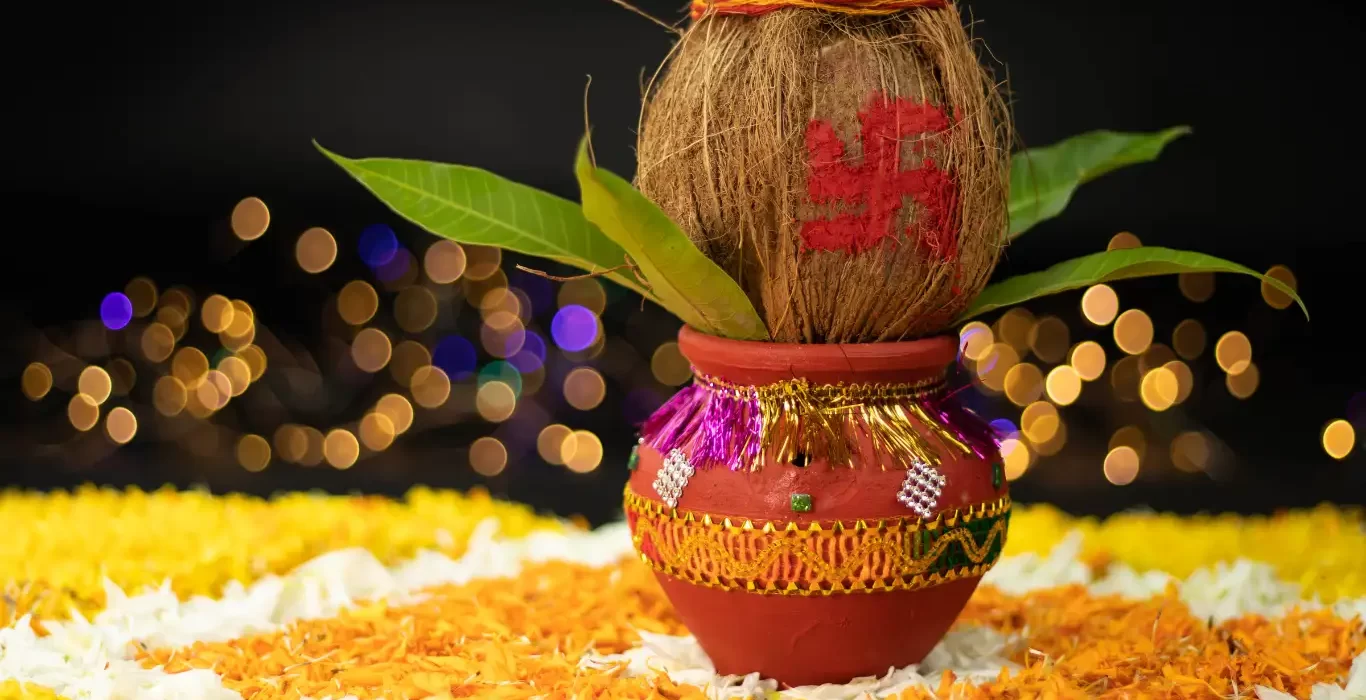


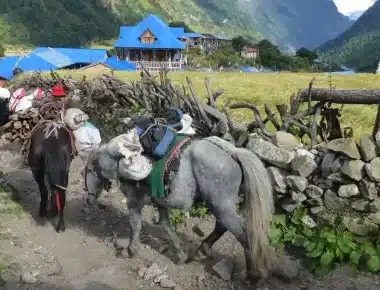
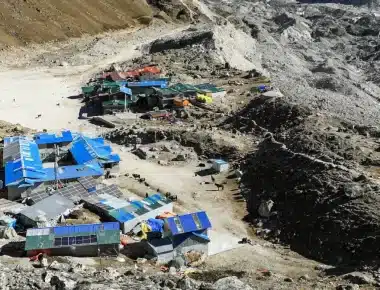
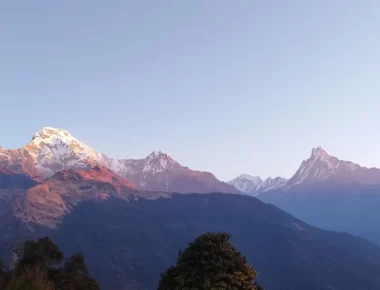

0 Comments